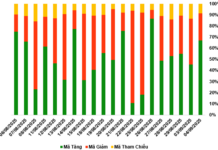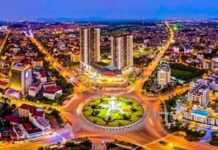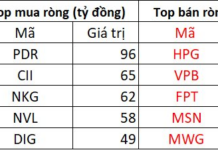The high-speed rail project, as planned, will pass through 20 provinces and cities from North to South, offering an opportunity to form a completely new development space along the length of the country. However, even now, this opportunity needs to be realized synchronously, with a clear and long-term philosophy.
What advantages will a chain of cities formed along the high-speed rail line have?
The most important advantage is the connectivity and interactivity between these cities. This enables rail cities to easily become regional service centers, reducing pressure on neighboring administrative, cultural, and social hubs.

Illustration: AI
Therefore, rail cities should be planned and designed to become service centers with compatible infrastructure. Accordingly, priority infrastructure will include static transportation, warehousing, transportation connection hubs, shopping malls, and product introduction centers.
As the rail cities are envisioned as service centers, they need a clear direction in terms of their functions to avoid becoming overly ambitious and turning into multi-functional mega-cities. The residents of these cities are traders and service providers, so urban design must consider the cultural aspects, lifestyles, and living needs of these intrinsic residents.
Even at this moment, while the North-South high-speed rail project is still in the planning stage, it is crucial to identify the opportunities it presents to make the most of them and avoid potential negative impacts.
For instance, the service cities formed along the rail line should be new towns where the stations are located. They will not be existing administrative centers, nor will they add pressure to old towns.






































